Butt Weld 304 Stainless Steel Vacuum Tubing
Overview
Flangeless stainless steel vacuum tubing comes in 0.5 to 10.0 inch diameters for butt weld joining to buttweld fittings and vacuum flanges. Tube ends are deburred, cleaned, and capped. Price is per 10 ft. length of tube.
- Stainless Steel tubes without flange for butt weld applications
- 0.5 to 10.0 inch outside diameters
- Deburred, cleaned, and capped tube ends
- Price is for 10 foot length section
Products
| Compare | Description | Drawings, CAD & Specs | Availability | Price | |||
|---|---|---|---|---|---|---|---|

|
100314300 Vacuum Tubing, Buttweld, 0.5 in. Outside Diameter, 304 Stainless Steel |
1 Week
|
$133 |
|
|||

|
100314303 Vacuum Tubing, Buttweld, 1.0 in. Outside Diameter, 304 Stainless Steel |
1 Week
|
$370 |
|
|||

|
100314305 Vacuum Tubing, Buttweld, 1.5 in. Outside Diameter, 304 Stainless Steel |
1 Week
|
$389 |
|
|||

|
100314306 Vacuum Tubing, Buttweld, 2.0 in. Outside Diameter, 304 Stainless Steel |
1 Week
|
$441 |
|
|||

|
100764506 Vacuum Tubing, Buttweld, 2.5 in. Outside Diameter, 304 Stainless Steel |
1 Week
|
$475 |
|
|||

|
100764508 Vacuum Tubing, Buttweld, 3.0 in. Outside Diameter, 304 Stainless Steel |
1 Week
|
$552 |
|
|||

|
Vacuum Tubing, Buttweld, 4.0 in. Outside Diameter, 0.83 in. 304 Stainless Steel
$1,081
1 Week
|
100764511 Vacuum Tubing, Buttweld, 4.0 in. Outside Diameter, 0.83 in. 304 Stainless Steel |
1 Week
|
$1,081 |
|
||

|
100764516 Vacuum Tubing, Buttweld, 6.0 in. Outside Diameter, 304 Stainless Steel |
1 Week
|
$1,026 |
|
|||

|
100764520 Vacuum Tubing, Buttweld, 8.0 in. Outside Diameter, 304 Stainless Steel |
1 Week
|
$4,300 |
|
|||

|
100764525 Vacuum Tubing, Buttweld, 10.0 in. Outside Diameter, 304 Stainless Steel |
1 Week
|
$10,143 |
|
Specifications
-
Component TypeVacuum Tubing
-
Fitting TypeButt Weld
-
SeriesSeries 23
-
Material304 Stainless Steel
-
Length120 in.
Features
Buttweld Component Construction
The Series 23 components are constructed of 304 or 304L welded, drawn, and annealed stainless steel tubing. (316L is available on request.) For most vacuum process applications, this provides the best combination of the following critical features:
- Low outgassing under vacuum
- Chemically resistant
- Annealed for consistent leak free welding
- Minimized corrosion concentration points
- Good availability
- Cost consistent with the above requirements
Each component is fabricated using pulled port and 100% penetration TIG weld techniques. All welded components are leak free, carefully cleaned for high vacuum use and then packaged to remain clean until the time of installation.
Recommended Welding Techniques
Series 23 fittings are designed to be welded using techniques preferred for vacuum applications. These techniques include internal (socket type) welding and external buttwelding. The most commonly used type of weld for high vacuum applications is a TIG (Tungsten Inert Gas) fusion weld, preferably without filler rod. For the best results, remove components from packaging in clean conditions during installation. Handle the components with clean gloves and equipment in the absence of any fibers, fingerprint oils, or other greases. If these precautions are taken, the weld is more likely to be leak free and the integrity of the vacuum surface will remain intact and ready for use.
General hints for good vacuum welds include:
- Always start with clean and properly weld prepped components.
- For internal welds, minimize warping by using only enough heat for 60-75% penetration.
- For external buttwelds, make sure they are 100% penetration with no internal cracks or crevices.
- Do not weld internally then externally around the entire circumference of the fittings.
- Make sure there is little or no gap between pieces to be welded.
- Ensure that all surfaces affected by the heat of the weld, especially the vacuum side, are purged properly with inert gas.
Applications
Vacuum buttweld fittings are designed to be used in any vacuum applications where minimizing the number of sealed joints is critical.
- Semiconductor wafer fabrication areas for remote installations and below a raised floor
- Permanent house vacuum lines
- Vacuum utility lines for vacuum fixtures
- High temperature lines
- Burn box exhaust lines
Resources
Literature
- Series 23 ButtWeld Vacuum Components & Fittings (2 MB, PDF)
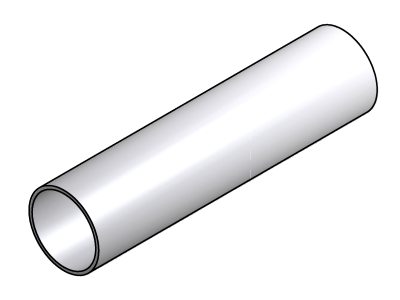
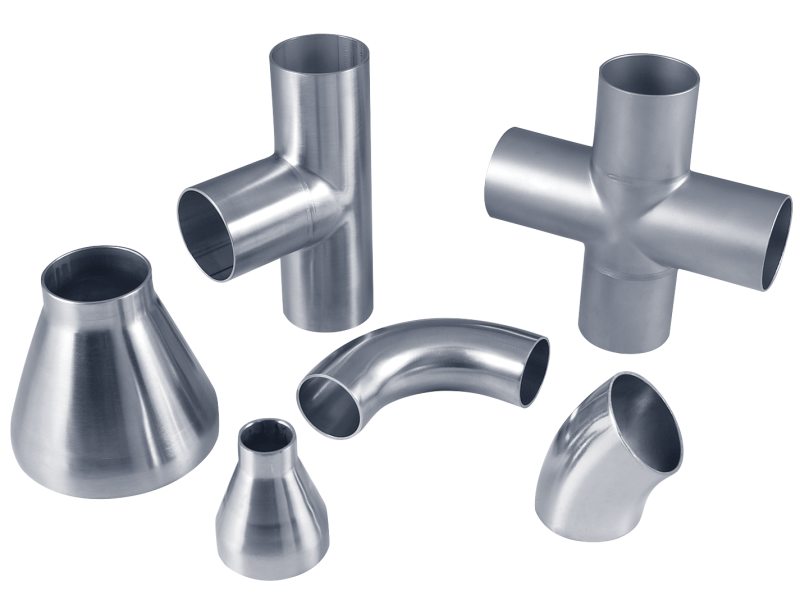
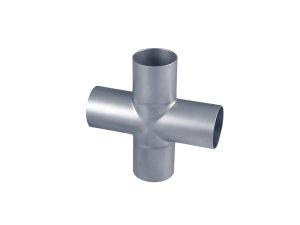
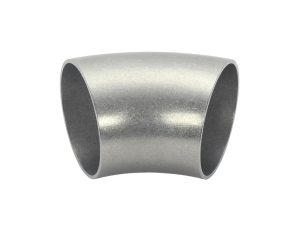
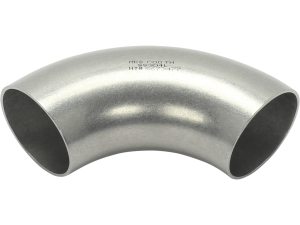
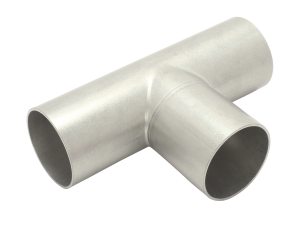
 Ultra-High Velocity
Ultra-High Velocity